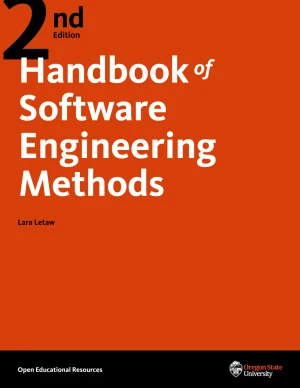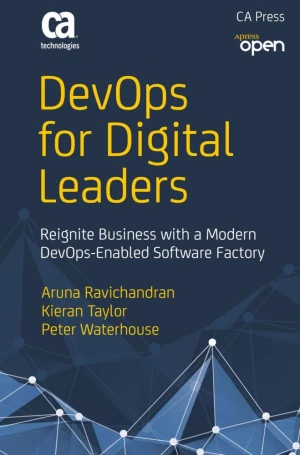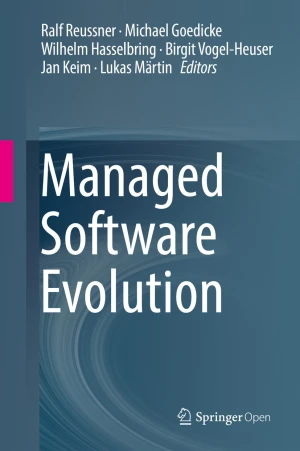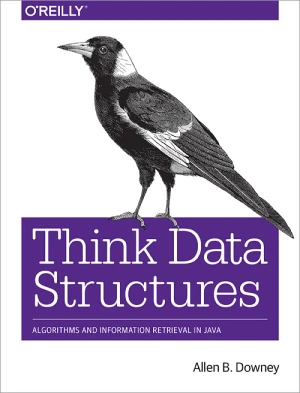Rethinking Productivity in Software Engineering
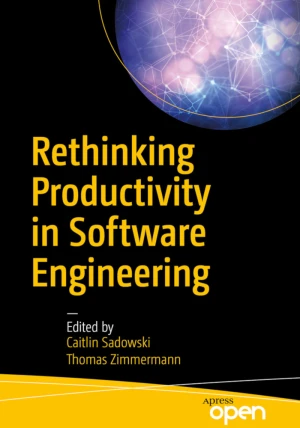
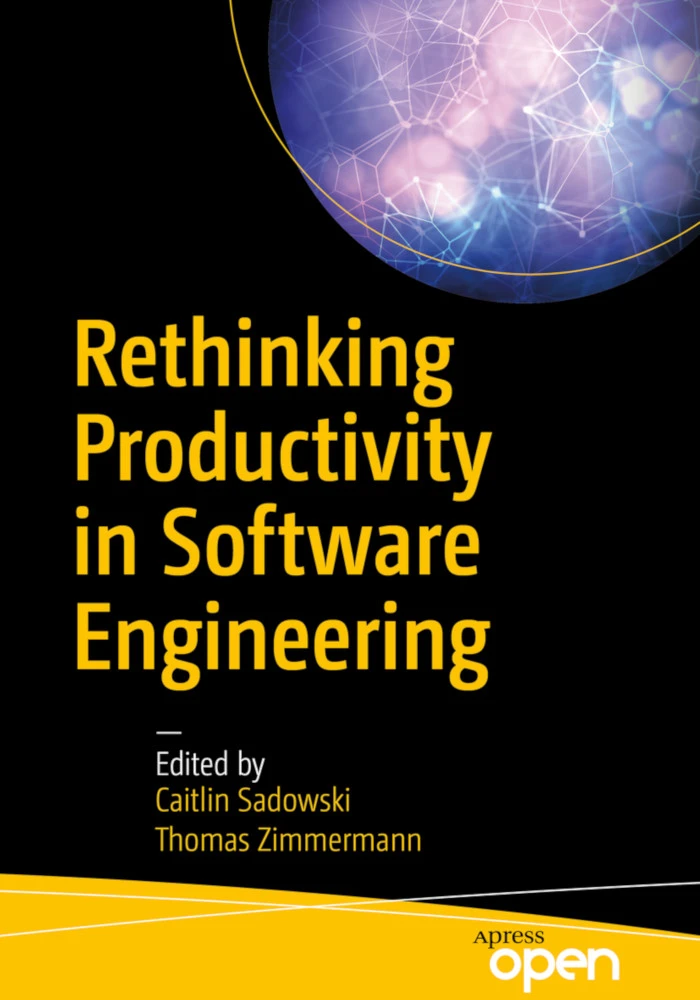
Book Details
| Authors | Caitlin Sadowski, Thomas Zimmermann |
| Publisher | Apress |
| Published | 2019 |
| Edition | 1st |
| Paperback | 310 pages |
| Language | English |
| ISBN-13 | 9781484242209, 9781484242216 |
| ISBN-10 | 1484242203, 1484242211 |
| License | Creative Commons Attribution-NonCommercial-NoDerivatives |
Book Description
Get the most out of this foundational reference and improve the productivity of your software teams. This book collects the wisdom of the 2017 "Dagstuhl" seminar on productivity in software engineering, a meeting of community leaders, who came together with the goal of rethinking traditional definitions and measures of productivity.
The results of their work, Rethinking Productivity in Software Engineering, includes chapters covering definitions and core concepts related to productivity, guidelines for measuring productivity in specific contexts, best practices and pitfalls, and theories and open questions on productivity. You'll benefit from the many short chapters, each offering a focused discussion on one aspect of productivity in software engineering.
Readers in many fields and industries will benefit from their collected work. Developers wanting to improve their personal productivity, will learn effective strategies for overcoming common issues that interfere with progress. Organizations thinking about building internal programs for measuring productivity of programmers and teams will learn best practices from industry and researchers in measuring productivity. And researchers can leverage the conceptual frameworks and rich body of literature in the book to effectively pursue new research directions.
What you'll learn: Review the definitions and dimensions of software productivity; See how time management is having the opposite of the intended effect; Develop valuable dashboards; Understand the impact of sensors on productivity; Avoid software development waste; Work with human-centered methods to measure productivity; Look at the intersection of neuroscience and productivity; Manage interruptions and context-switching.
This book is available under a Creative Commons Attribution-NonCommercial-NoDerivatives license (CC BY-NC-ND), which means that you are free to copy and distribute it, as long as you attribute the source, don't use it commercially, and don't create modified versions.
If you enjoyed the book and would like to support the author, you can purchase a printed copy (hardcover or paperback) from official retailers.
Download and Read Links
Share this Book
[localhost]# find . -name "*Similar_Books*"
Handbook of Software Engineering Methods, 2nd Edition
This book does not purport to teach the reader how to be a software engineer, a skill that is cultivated over time through practice. Instead, it focuses on software engineering methods - defined as the approaches people use to achieve specific objectives in the field - which can salvage a project. The author's objective is for readers to feel bette
Evidence-based Software Engineering
This book discusses what is currently known about software engineering based on an analysis of all publicly available software engineering data. This aim is not as ambitious as it sounds because there is not a lot of data publicly available. The analysis is like a join-the-dots puzzle, except that the 600+ dots are not numbered, some of them are ac
DevOps for Digital Leaders
Learn to design, implement, measure, and improve DevOps programs that are tailored to your organization. This concise guide assists leaders who are accountable for the rapid development of high-quality software applications. In DevOps for Digital Leaders, deep collective experience on both sides of the dev - ops divide informs the global thought le
Managed Software Evolution
This book presents the outcomes of the "Design for Future - Managed Software Evolution" priority program 1593, which was launched by the German Research Foundation ("Deutsche Forschungsgemeinschaft (DFG)") to develop new approaches to software engineering with a specific focus on long-lived software systems. The different lifecycles of software and
Continuous Delivery in the Wild
Software delivery practices are constantly improving as companies apply the philosophy of continuous delivery to deploy and release changes quickly, safely, and predictably. Most teams, however, hit roadblocks in the process. This report examines 10 organizations that have implemented continuous delivery in the real world. These case studies demons
Think Data Structures
If you're a student studying computer science or a software developer preparing for technical interviews, this practical book will help you learn and review some of the most important ideas in software engineering - data structures and algorithms - in a way that's clearer, more concise, and more engaging than other materials. By emphasizing practic

